How many of us have shed a tear of delight upon hearing Beethoven's Ninth Symphony? Obviously millions ─would be the answer. An approach to the great of music will allow us to understand and appreciate even more his immortal work.
Ludwig von Beethoven (1770-1827), German Catholic, baptized on December 17 as Ludovico van Beethoven was born in the bosom of a modest family of peasant and farmer origin. His father, a musician and tenor of the electoral court; his paternal grandfather, court chapel master, would decisively mediate the aptitudes of the child Ludwig.
Mozart, quite an icon back then, he was the ideal dreamed up by Johann Sr., for Beethoven, so he subjects him to an iron discipline that barely allowed him to Ludwig to interact with children his age, because in the possible spaces of time, far from playing, his father chooses to teach him piano, organ and clarinet and exercise in his desire to turn him into a wonder boy, so that at only 7 years old he has his first public performance.
In the education of the little one Ludwig plays a fundamental role, in addition to his father Johann the teacher Christian Gottlob Neefe who at the age of 12 teaches the boy piano, low continuous and composition; It also helps him to prepare some of his first works and, independent of music, provides him with knowledge about the most important works of ancient and contemporary thinkers.
At age 11, 1782 published Beethoven his first composition; the cultural world puts him in contact with important people through whom he later meets the classics through his friendship with the Ries and von Breuning families who influence the culture and his love of poetry and literature . In 1786 he traveled to the capital of Austria, Vienna with the support of his patron , Count Ferdinand von Waldstein, then 16 years old.
On the death of his mother and in the face of the alcoholic deterioration and subsequent incarceration of his father, Ludwig takes responsibility for his younger brothers and to survive he plays the violin in an orchestra and teaches piano for five years.
March back to Vienna in 1792, where he would be until his last days; he dedicates his efforts to study and prepare himself in the search for social recognition through art; he receives composition, counterpoint and lyric classes, and initially confronts the evil that begins to afflict him, his deafness.
At the age of 24, he published his first important work. In 1795 he gives his first concert in Vienna performing his own works; in 1796 he published three piano sonatas that were well accepted by the court, church and the nobility, now patrons of Beethoven.
In 1800 he presented his First Symphony in concert. A whole stage of fertile production and work. His advancing deafness worries the artist; concerns and states of mind expressed the following year in the well-known “Heiligenstadt Testament” show the desperation he feels in the face of being deaf and his rebelliousness in accepting it.
The political context that Europe is experiencing transgresses the thresholds of Ludwig's music, so from a graceful initial freshness it becomes epic and tumultuous according to the moment in which it is lived. Moment in which the figure of Napoleon Bonaparte, savior, idol of progressive sectors.
From that time the Eighth and Fourteenth piano sonatas and the Third Symphony called «La Heroica», originally dedicated to Napoleon. His deafness at this time leads him to a fertile and nervous activity of creation along with the disappointments of love that he experiences.
In 1805, with the input of Napoleon in Vienna increment Beethoven his output, including the Fifth Symphony and the Sixth or Pastoral Symphony, the Coriolan Overture and for piano the trifle «For Elisa».
From 1804-1807 Leonore ends, the only opera he called after «Fidelio» with four different overtures. His presentation in public happens very infrequently; in 1808 he gave one of his last live concerts for many hours.
With the pension of 4,000 guilders and the promise he makes to the high society not to leave Vienna, Beethoven becomes the first independent artist and composer in history.
However, between ups and downs, the artist always carries financial problems, and even more so, after assuming the much-questioned guardianship of his nephew Karl, not having married or had children becomes their entire responsibility to accumulate inheritance for the nephew.
In 1814 he finished the symphonies Seventh and Eighth and reforms the opera «Fidelio». During his last years he remains isolated due to deafness, he only communicates through a notebook with those of the innermost circle. These notebooks also inscribed compositions by Beethoven that in time were testimony to his great work.
In 1815, after Napoleon's defeat, a police system was established in power to prevent new uprisings. Beethoven, respected in the Empire, Western Europe, and in England, raised his censorious voice against the regime.
From Classicism to Romanticism Ludwig von Beethoven has been considered one of the most important figures in the history of music. The vast and influential work necessarily transcends the evolution of art. He was a member of the Royal Academy of the ´low countries´ and the last representative of Viennese classicism.
Ludwig's life was spent between many health conditions; after his death and fulfilling his express will, the remains were analyzed in search of the disease suffered in order to avoid suffering in other people from the same evils as Beethoven had wanted.
Samples of his hair and skull fragment were studied, giving rise to various theories about his ailments; some have suggested that Beethoven may have suffered from saturnism due to the high concentrations of lead found; others point to liver failure; the truth is that he died at the age of 56 with a diagnosis of liver cirrhosis.
In 1823 Beethoven finished the Ninth Symphony in d minor op. 125, known for “Coral”; it premiered in 1824 at the Imperial Theatre, where it would be the artist's last public appearance. The representative work was a complete success; With a conventional structure (four movements), this work, commissioned by the London Philharmonic Society, gave rise to a legend that has been commented on to this day.
It is said that Beethoven, deaf, directed the work relying on his admirable reading; At the end of the last movement, they alerted him with a soft touch on his shoulder, because the audience applauded incessantly excited and he still did not turn around, he did not listen to them.
The Symphony is conceived for orchestra, in the classical it consists of 4 movements each with its own characteristic; in Beethoven's time the structure was developed in approximately 30 minutes, the format normally in the case of symphonies was for the string section, brass section and woodwind section, an absolutely instrumental genre.
Beethoven had already made important changes, but in the Ninth Symphony, even though it follows the tradition of 4 movements, introduces a revolt in the development of these movements, which extends to 60-65 minutes, a very noticeable change then in the music and the show.
We show comparative table
Movements used at the time | Revolutionized movements |
1st movement: Allegro | Cheerful but not too much, a little majestic |
2nd movement: Adagio | Joke: Very lively - Soon |
3rd movement: Scherzo | Adagio molto e cantabile - Andante- Moderato - Tempo Primo - Andante Moderato - Adagio - The Same Tempo |
4th movement: Allegro | Recitative: (Presto - Allegro ma non molto - Vivace - Adagio cantabile - Allegro molto - Presto: O Freunde) - Allegro molto: Freude, schöner Götterfunken - On the march - Allegro very lively: Froh wie seine Sonnen - Andante majestic: Seid umschlungen, Millionen! - Slowly but not too much, but devout: Ihr, stürzt nieder - Allegro energico, always well marked: (Freude, schöner Götterfunken - Seid umschlungen, Millionen! - Merry but not so much: Freude Tochter aus Elisyum! - Prestissimo, Maesteoso Prestissimo: Seid umschlungen Millionen! soon cheerful time |
The student of the work of Beethoven, Josep Pascual points to the development of rhythmic transformations throughout the structure that contrast and break with the sense of balance and measure of the Classicism. The drama of the first moment becomes vitality in the second as a passage from darkness to light; the third movement submitted to the lyrical spirit, which is clearly a moving song to universal harmony and the fourth movement (highly criticized), a whole symphony that can be considered a complete work in itself.
In addition to the changes in the structure, there are changes in the orchestration (participating instruments):
Woodwind section: piccolo, two flutes, two oboes, two clarinets (in A B flat and in C ) two bassoons, one contrabassoons.
Brass section: Four horns (two in D two in Yes flat), two trumpets (in Si flat in E flat ), three trombones (alto and tenor).
String Section: Violins, violas, cellos, double basses.
Percussion: Timpani, bass drum, cymbals, triangle.
Voices: Choir, soloists, soprano, alto, tenor and bass.
He introduced percussion for the first time in the symphony, which imprints a new character that increases the emotional power, the contrasting percussive force is felt with the delicate strings. As a whole, the orchestration sounds are exalted and with it the percussion is impacted.
It includes choir and solo singers during the fourth movement at the work's climax. It gives the voice a place similar to that of the instruments, which brings new textures, timbres and effects to the composition.
The poetic word exalted in the symphony also has a cost. Poetry wins the symphony (the highest form of academic music).
Considered Beethoven the predecessor of the Choral Symphony he paves the way for new figures venture into this genre.
It is obligatory to abound in the piece for piano created in 1810 by the artist. Wrapped in the mystery of the character's identity, “Para Elisa”, a unique and well-known work to this day, becomes popular to the same extent that it questions the identity of the person it was addressed to.
Ballad «Para Elisa», in A minor, piece for piano , known of all time has created stories behind the composition.
It is said that the piece was inspired by Teresa, a piano apprentice. They say that in 1810 Beethoven attended a recital offered by the girl, who enjoyed fame as a precocious pianist. During the recital she dazzled everyone; when it came time to play Beethoven she couldn't do it and she hastily left the room.
After her came Beethoven and to reassure her he promised to compose a sonata for her; the next day the young woman received a score that over the years became immortal, it was titled "For Teresa."
It is speculated that there was confusion due to the deterioration and illegibility of the document and its transcript reads 'Elise and not Therese', thus giving a name to versions that are not certain of confirmation.
In time, the Berlin musician Klaus Martin Kopitz believes he has discovered the identity of the woman to whom Beethoven addressed the piece among the numerous existing documents investigated (compilation of diaries, letters , poems, memoirs).
The fact is that in the trifle he composed in 1810 and left unfinished who knows why the name of Elisabeth Röeckel, younger sister of the operatic tenor Joseph August, interpreter of the Florestan de Leonore, later called Fidelio.
«For Elisa » is published in 1867, 40 years after Beethoven's death; It is theorized as to whether or not this work is his, but it is known that the material belonged to him because there are sketches of works that he was writing in the notebooks with piano exercises.
The proof is a sketch with parts where it is «For Elisa» but not armed as it is known today. It is believed that Ludwig Nohl, a German scholar and music writer, has put together the piece that is indeed Beethoven, one of the most popular for piano in the world of music.
«For Elisa» has become popular in contemporary times: in the movies, on the cell phone as a ringtone, in cartoons. Somehow most people at some point come into contact with this classic; young and less young feel trapped between the almost magical chords of the melody.
Its popularity may also be due to how simple it is to learn to play the piano. The piece consists of three parts, the most popular is the first, adored by piano learners to show it among their own without complexity since the two hands do not play at the same time.
The other two parts are more complicated to play, being less known, where the famous theme is the first one that returns in the second and closes in the third.
History recognizes the contributions of Beethoven, a musical genius ahead of his time, in his prolific work composed of 32 sonatas 9 symphonies, 2 masses for piano, 1 opera 1 ballet among many others held as an expanded legacy in the forms inherited from the Classicism up to Romanticismo same.
Two house museums open their doors to tourists from all over the world. On the corner of Mölkerbastei and Schreyvogelgasse you can see the Pasqualatihaus House name originated by von Pasqualati Johann Baptist Freiherr, patron from Beethoven , place of birth «Fidelio» (his only opera) and «For Elisa».
It became known to tourists as part of the Vienna museum. In five more rooms there are preserved art samples that allow the visitor to identify with the artist and look around the place where his colossal presence is still.
The «Ninth Symphony» written in 1823, it was declared a World Heritage Site by UNESCO in 2002.
With millions and millions of listeners, «For Elisa» is an authentic tribute to Beethoven on the 251st anniversary of his birth on December 16.
We invite you to enjoy the ballad "Para Elisa" performed by Richard Clayderman.
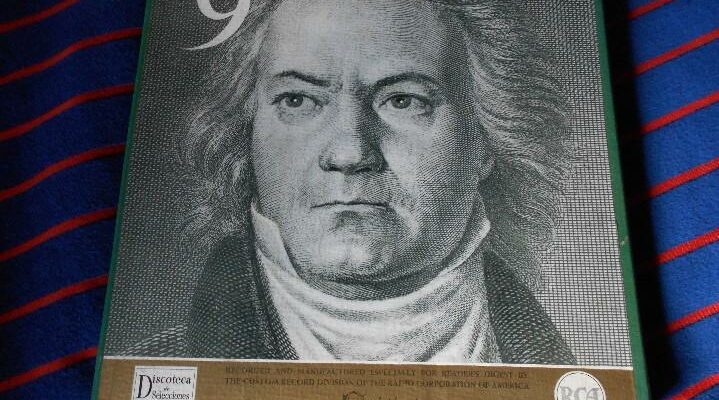

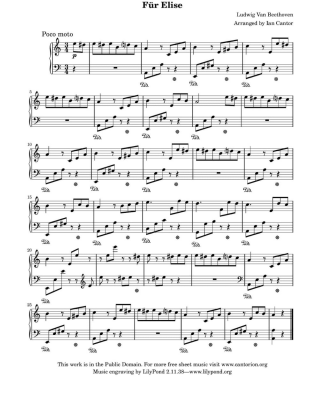

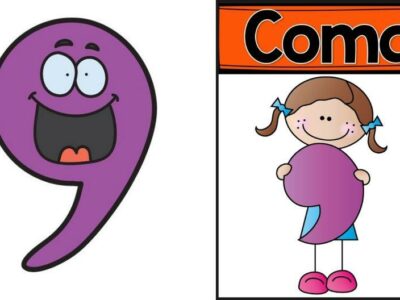
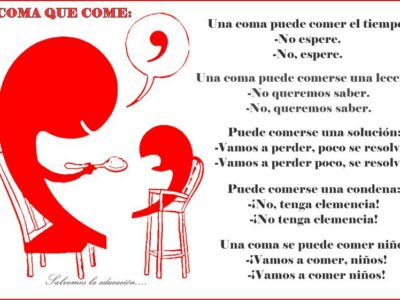

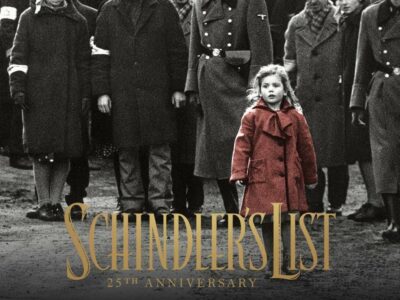
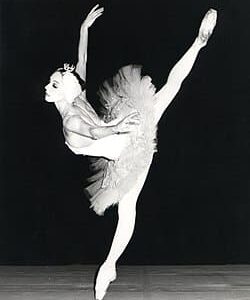









La 9na sinfonía de Beethoven es todo un clásico, adoro escucharla. Gracias por tenerla acá.